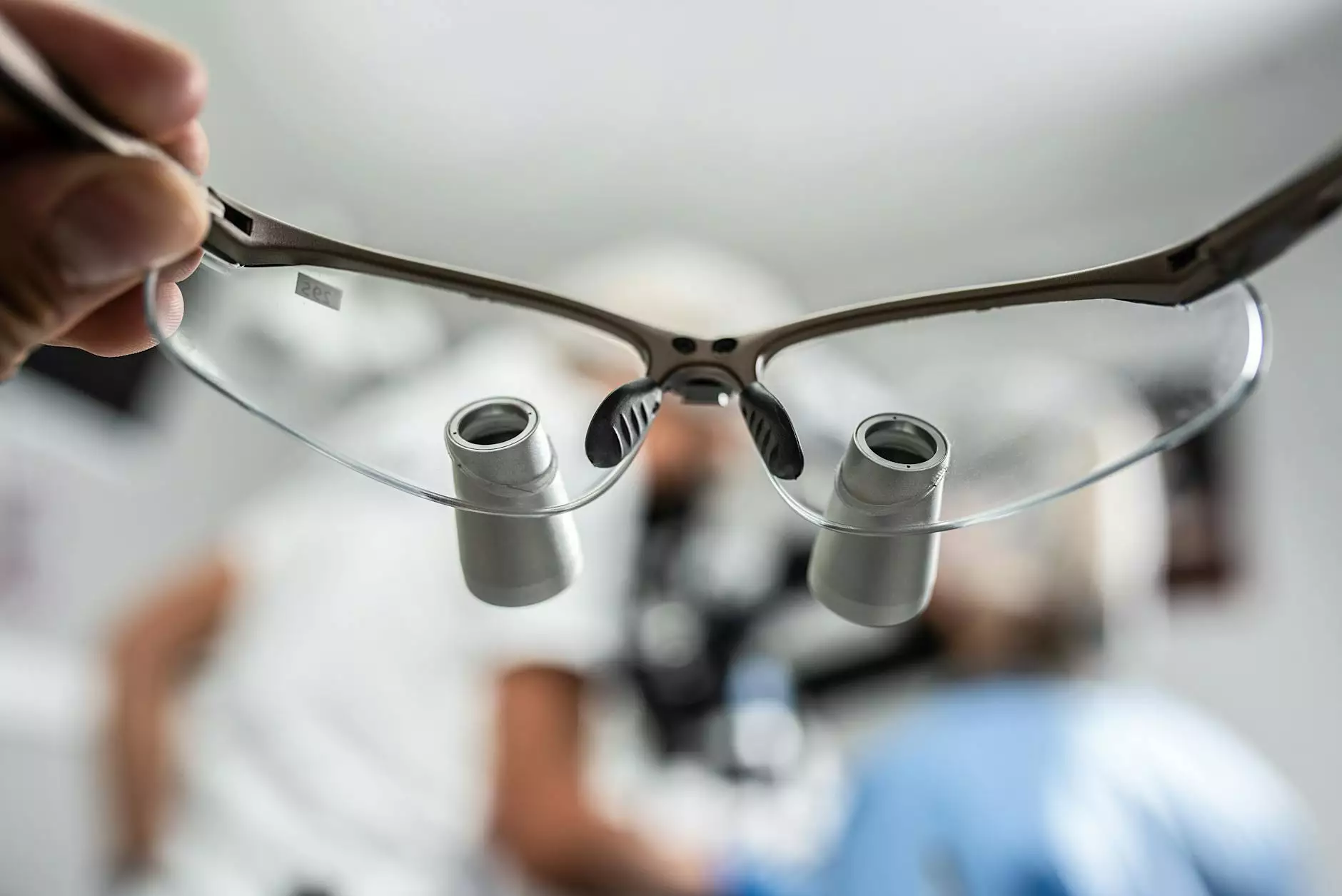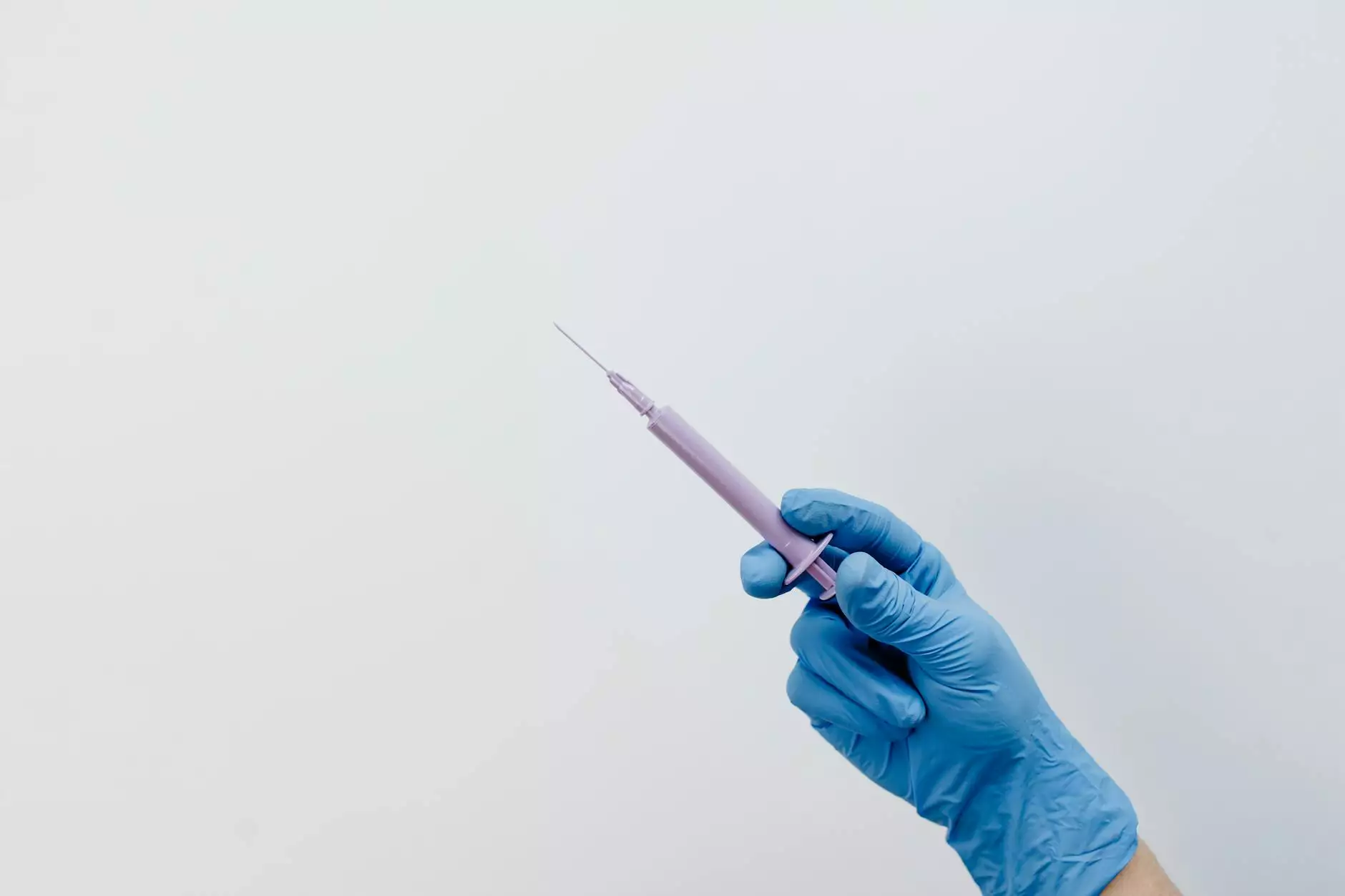Surgical Tooth Extraction Procedure: A Comprehensive Guide

The surgical tooth extraction procedure is a critical dental treatment often required when a tooth is severely damaged, decayed, or impacted. Understanding this process can significantly alleviate patient anxiety and ensure a smooth experience. This article explores the intricacies of the surgical tooth extraction procedure, detailing everything from preparation to aftercare.
What is Surgical Tooth Extraction?
The surgical tooth extraction differs from a simple extraction in that it involves the removal of a tooth that is not easily accessible. This type of extraction is typically necessary for teeth that are broken, impacted under the gum line, or haven’t fully erupted. In these cases, the dentist may need to make an incision in the gum tissue to safely and effectively remove the tooth.
Reasons for Surgical Tooth Extraction
There are several reasons a dentist may recommend a surgical tooth extraction procedure. Some of the most common indications include:
- Impacted Teeth: Wisdom teeth often become impacted, meaning they do not have enough room to emerge properly, causing pain and potential infection.
- Severe Tooth Decay: When a tooth is severely decayed or damaged beyond repair, a surgical extraction may be the only option.
- Preparation for Orthodontic Treatment: In some cases, teeth may need to be extracted to create space for proper alignment during orthodontic treatment.
- Periodontal Disease: Advanced gum disease may warrant the removal of teeth that are compromised.
- Trauma or Injury: Accidents can lead to fractured teeth that need surgical intervention for removal.
The Surgical Tooth Extraction Procedure Explained
Understanding the steps involved in the surgical tooth extraction procedure can help demystify the process and reduce anxiety. The typical steps include:
1. Pre-Operative Assessment
Before the procedure, your dentist will conduct a thorough examination, often utilizing X-rays to assess the position of the tooth and surrounding structures. During this visit, your dentist will discuss:
- Your medical history to identify any underlying health issues.
- The medications you are currently taking.
- Your options for anesthesia, including local anesthesia, sedation, or general anesthesia.
2. Anesthesia Administration
To ensure your comfort during the surgical tooth extraction procedure, your dentist will administer anesthesia. This can help minimize discomfort and block pain. In some cases, sedation may also be provided to help you relax during the procedure.
3. Incision and Tooth Removal
Once you are numb and comfortable, the dentist will make an incision in the gum tissue to expose the tooth and bone. Depending on the condition of the tooth, the dentist may need to:
- Remove Bone: In certain cases, bone blocking access to the tooth may need to be removed.
- Section the Tooth: If the tooth is large or impacted, the dentist may cut it into smaller pieces for easier removal.
After the tooth is adequately exposed, it will be carefully removed from the socket.
4. Closing the Incision
After the extraction, the dentist will clean the site of the extraction and may place sutures to promote healing. In some cases, stitches may dissolve on their own, whereas others may need to be removed in a follow-up appointment.
5. Post-Operative Care
Your dentist will provide you with detailed instructions on how to care for your mouth in the days following the procedure. This generally includes:
- Taking prescribed pain medication as needed.
- Applying ice to reduce swelling.
- Eating soft foods to avoid irritation.
- Avoiding strenuous activities for a few days.
Benefits of Surgical Tooth Extraction
While the surgical tooth extraction procedure might sound daunting, it has several benefits:
- Pain Relief: Removal of problematic teeth can lead to significant pain relief and eliminate issues related to infection or decay.
- Preventative Measures: It can prevent further complications associated with impacted teeth or advanced dental decay.
- Improved Oral Health: Post-extraction, patients often experience improved oral hygiene since there are fewer areas for bacteria to thrive.
- Preparation for Other Dental Work: Surgical extraction can facilitate orthodontic work, dental implants, or other restorative procedures.
Recovery After Surgical Tooth Extraction
Recovering from the surgical tooth extraction procedure involves understanding what to expect during the healing process. Some important points include:
1. Pain Management
It is normal to experience some level of discomfort after the procedure, which can typically be managed with over-the-counter pain relievers or medication prescribed by your dentist.
2. Swelling and Bruising
Swelling is common and typically peaks around the second or third day post-operation. Applying ice packs within the first 24 hours can help manage swelling.
3. Diet Adjustments
For the first few days after surgery, a diet of soft foods such as yogurt, applesauce, mashed potatoes, and smoothies is recommended. Avoid hard, crunchy, or spicy foods that may irritate the extraction site.
4. Oral Hygiene
Maintaining oral hygiene is crucial. However, care must be taken to avoid disturbing the extraction site. Gentle rinsing with salt water after 24 hours can help keep the area clean.
5. Follow-Up Appointments
Depending on the procedure, your dentist may schedule follow-up appointments to ensure proper healing and remove any sutures if necessary.
Frequently Asked Questions about Surgical Tooth Extraction
Many patients have questions regarding the surgical tooth extraction procedure. Here are some of the most commonly asked questions:
Is the procedure painful?
During the surgical tooth extraction, you will be given anesthesia to numb the area, so you should not feel pain during the procedure. Some discomfort may be experienced afterward but is typically manageable with medication.
How long does healing take?
While initial healing may take a few days, complete healing of the gum tissue can take several weeks. Each individual’s recovery time varies based on factors like overall health and the complexity of the extraction.
Can I drive myself home afterward?
If sedation was used for your surgical tooth extraction, it is generally advised not to drive yourself home. Arrange for someone to accompany you to the appointment.
What are the signs of complications?
While complications are rare, be aware of signs such as excessive bleeding, severe pain, or signs of infection like fever or increased swelling. If you notice any of these symptoms, contact your dentist immediately.
Conclusion
The surgical tooth extraction procedure is a vital component of dental health, providing relief and paving the way for a healthier smile. Understanding the process, benefits, and recovery can make the experience significantly more manageable.
At Kensington Dental Studio, we prioritize your comfort and care throughout the extraction process. Our team is here to support you with individualized care tailored to your needs. If you have any further questions regarding the surgical tooth extraction procedure or need to schedule a consultation, do not hesitate to reach out to us.









